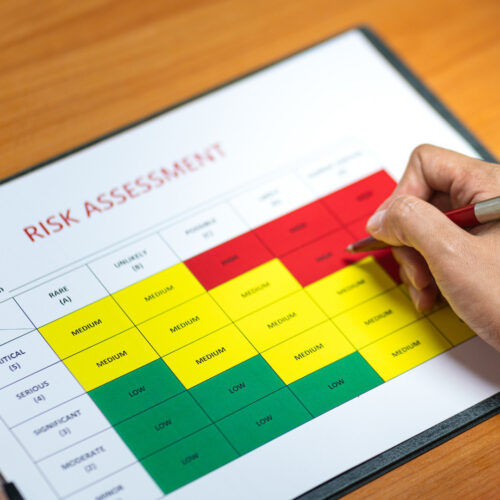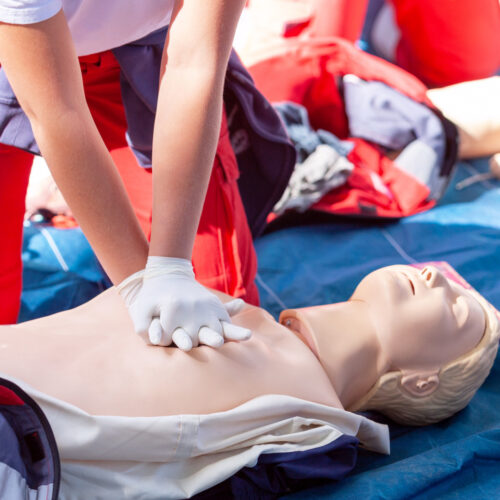What is Emergency First Aid at Work?
The Emergency First Aid at Work training syllabus covers:
- Understand the role and responsibilities of the first aider
- Recording and reporting of accidents and incidents including RIDDOR
- Contents of a first aid kit (including preventing cross infection)
Assessing the situation and acting safely, effectively and promptly in an emergency.
Administer first aid to a casualty who is/requires:
- Unconscious (including seizure)
- Cardiopulmonary resuscitation (CPR)
- Choking
- Wounded and bleeding
- Suffering from shock
Appropriate first aid for minor injuries including minor cuts, grazes, bruises, small splinters, minor burns and scalds
In addition, discussion of specific work related injuries/illness to include topics such as –
- Anaphylactic Shock
- Stroke
- Asthma
- Heart Attack including Angina
- Diabetes
- Fractures











